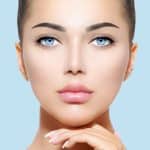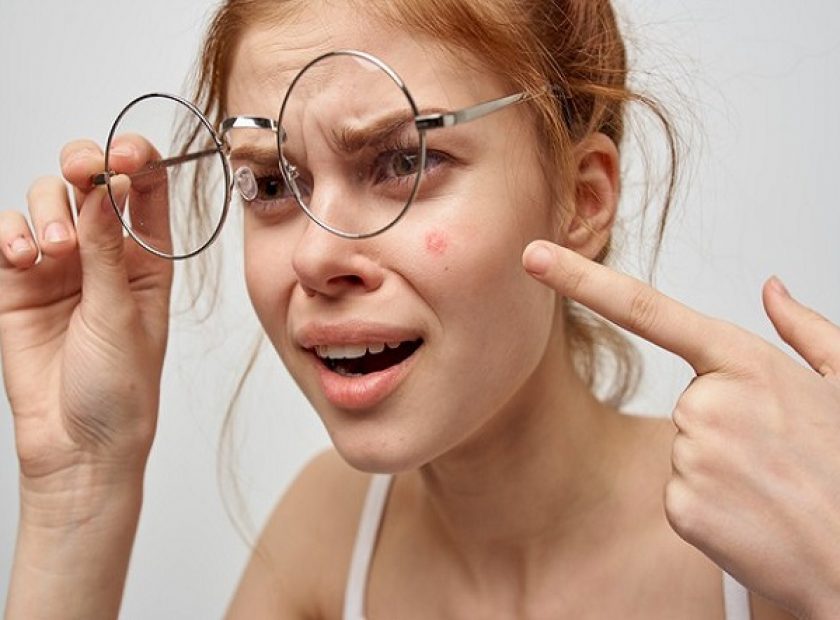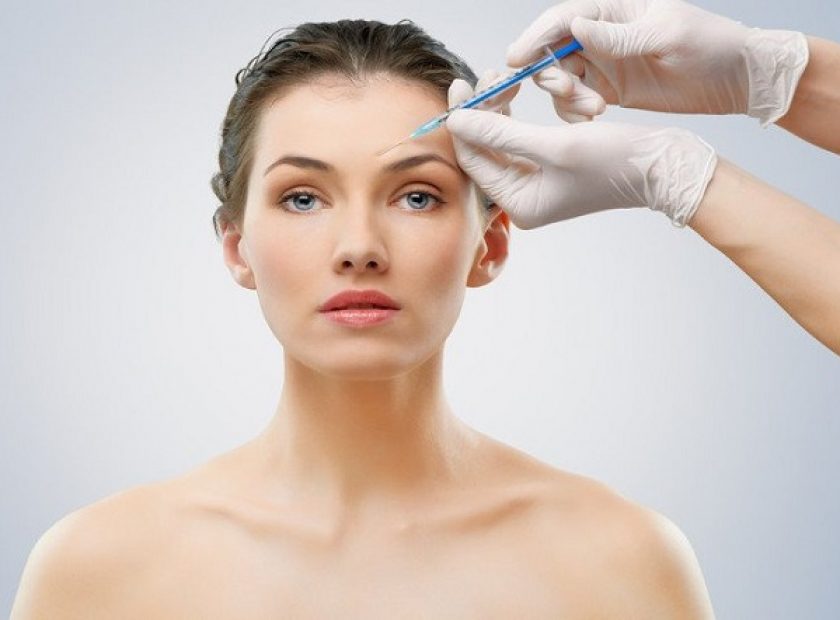What is photoaging or sun damage?
Skin aging is a natural process and something that happens to all of us from the day we born. But have you ever wondered why some people look much older than their age while others don’t?
In addition to genetic issues, there is a bigger issue in the world of aging our skin! Believe it or not, sun exposure contributes to 80% of the visible signs of skin aging!
We’re here to explain the effects of this phenomenon—also known as photoaging—plus take the necessary steps to help prevent and repair it.
The role of sunlight on the skin
The sun is an important part of life, contributing to our mood and well-being, while playing a key role in vitamin D synthesis. However, the Sun constantly emits something called electromagnetic radiation.
Sounds complicated? Do not worry. You are already familiar with a few types of these rays: ultraviolet A (UVA) and ultraviolet B (UVB). These two types of solar radiation affect your skin in the short and long term.

What is photoaging?
Photoaging means when the sun prematurely ages the skin and without skin care this can lead to skin cancer.
Aurora Garre, Medical Director of ISDIN, says, “Photoaging refers to a process in which UV rays accelerate the signs of skin aging, such as dark spots and the appearance of aging lines. Here’s how that happens:
Step 1: UV rays reach your skin
Those UVA rays we mentioned are responsible for long-term skin damage and photoaging. By penetrating deep into the skin and breaking down collagen, UVA rays contribute to the appearance of lines and wrinkles, and its effects develop gradually and slowly without you noticing. Unlike UVB rays, they do not cause sunburn or immediate changes to your skin and are always present. UVA rays reach you when you’re outdoors or indoors, passing freely through windows and causing long-term effects on your skin.
Step 2: Too much sun exposure causes the production of free radicals in the body
This UV radiation can in turn stimulate something called free radicals (unstable molecules). Free radicals break down proteins in the deepest layers of the skin, causing cellular and DNA damage.
Step 3: The body tries to fight harmful free radicals
Fortunately, your body has a natural defense against these free radicals: antioxidant production. “Antioxidants help neutralize free radicals and counteract the effects of UV rays,” explains Dr. Garr.
Step 4: When everything is too much, signs of aging appear
What happens when free radicals become too many for your natural antioxidant defenses to deal with? This is called “oxidative stress” and it is what leads to the visible signs of aging.
How does damaged skin perform against sunlight?
Skin aging is a natural (and inevitable) process. Over time, our body slows down the production of elastin and collagen, causing the skin to lose its elasticity. What about when we add sun damage to it? Dr. Garr admits that “exposure to the sun can cause the signs of skin aging to appear up to 20 years earlier.” While the signs of aging are certainly nothing to fear, you probably don’t want to speed up the process.
Photodamage or sundamage is the main cause of these common skin concerns:
- Fine lines and wrinkles
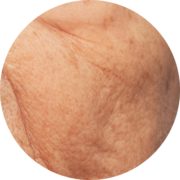
- Dark spots and uneven skin color
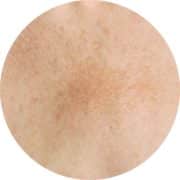
- Lack of freshness and dullness of the skin
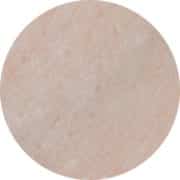
- Loss of skin firmness and laxity
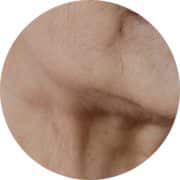
Can skin aging caused by light be prevented?
Fortunately, there are four key things we can do to take care of our skin and prevent photoaging. It is necessary to create these habits in protecting the skin from the sun, and the sooner the better.
1. Use a good sunscreen every day.
Daily use of sunscreen reduces the amount of UV rays absorbed by the skin and protects it from exposure to the sun’s harmful rays. So, make sure you protect your skin from the sun’s rays every day and in every season. Using a mineral sunscreen with a high SPF (at least 30) is very helpful in preventing sun damage. It’s also very important to be consistent, so make sunscreen a staple part of your morning skin care routine.
2. Use sunscreen correctly.
Here are some quick tips on how to apply sunscreen the right way:
• Pay special attention to sun-exposed areas, especially your face, neck, décolleté and hands, to help reduce the visible signs of photoaging.
• Include sunscreen in your morning skin care routine. Apply 20 to 30 minutes before sun exposure and reapply at least every two hours.
• Use the “two lines” rule for the face. To protect your face and neck, spread two lines of sunscreen from the end of your finger to the tip of your finger. For body sunscreen, in general, two shots of sunscreen are enough.
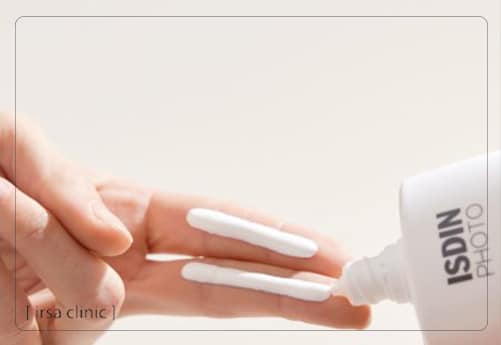
• Lips are also susceptible to photoaging, as the skin on them is very delicate. So be sure to use a lip balm with at least SPF 30.
3. Avoid the sun at sensitive times.
We can’t turn off the sun when we like it, but we can limit our exposure when the sun’s rays are most harmful. Try to limit sun exposure between 10 a.m. and 4 p.m., when UV rays are usually at their highest. Or check the current UV index in your area for the most accurate information.
4. Cover your body with clothes.
You can also protect your skin from sunlight and photoaging with protective clothing. Try to keep the most sensitive areas of your body such as face, neck and chest covered.
Good quality sunglasses also help protect your eyes from sun damage. The American Academy of Ophthalmology has some great tips on choosing the ideal sunglasses to protect your eyes.
Can sun damaged skin be repaired?
Have you already noticed changes in your skin and think it’s too late to repair sun damage? Do not worry. There are three key tips that can help fight the signs of photoaging. take a note!

1. Repair skin pressure with antioxidants.
As we mentioned, antioxidants are great at fighting oxidative stress and in turn fighting photoaging. So if you’re looking to reverse aging caused by sun damage on your skin over time, products containing vitamin C and other antioxidants are an ideal choice.
Serums are simple formulas that give your skin the daily antioxidant care it deserves. Try an antioxidant serum like Flavo-C Ultraglican every morning or a restorative night serum like Isdinceutics that contains melatonin. It acts as an indirect antioxidant to repair the skin at night.
2. Revitalize the skin with effective ingredients.
If you notice dark spots and uneven skin tone, look for brightening skin care formulas with ingredients like niacinamide or glycolic acid. These helps correct blemishes, even out skin tone, and reduce the intensity and number of dark spots.
If wrinkles are important, go for ingredients with moisturizing and firming properties such as hyaluronic acid. This hydrating acid plays a role in skin repair and fights the appearance of fine lines, which you can use to rejuvenate and rejuvenate your skin through gel injections and fillers.
3. Use sunscreens that have better performance and more impact.
With innovative formulas, your sunscreen can protect you more from radiation and help reverse its effects.
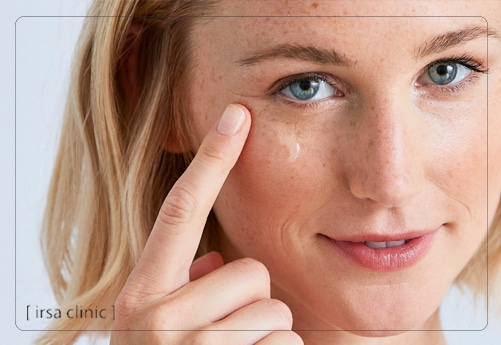
So, while the process of photoaging is a bit complicated, the antiaging routine to combat it is actually quite simple. Adding sunscreen and antioxidants to your diet is the best option for healthy and beautiful skin at any age!
Also read:
The permanent solution to hair loss
Rejuvenation with HIFU Therapy
Who are the best candidates for skin PRP?
Free consultation
Get your free consultation with Irsa clinic doctors on WhatsApp and Email:
WhatsApp: 0098970626693
Email: irsaarabic@gmail.com


